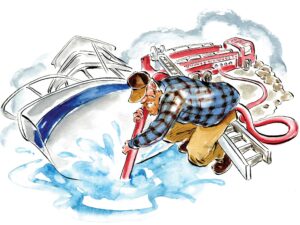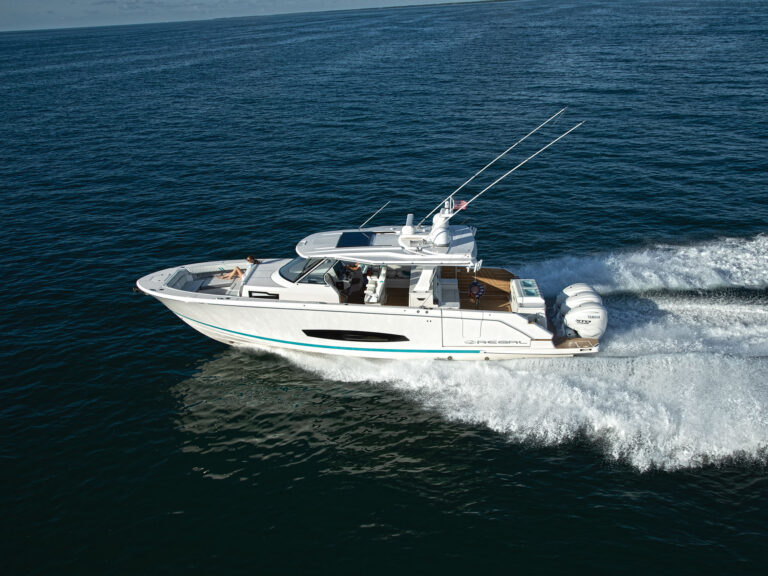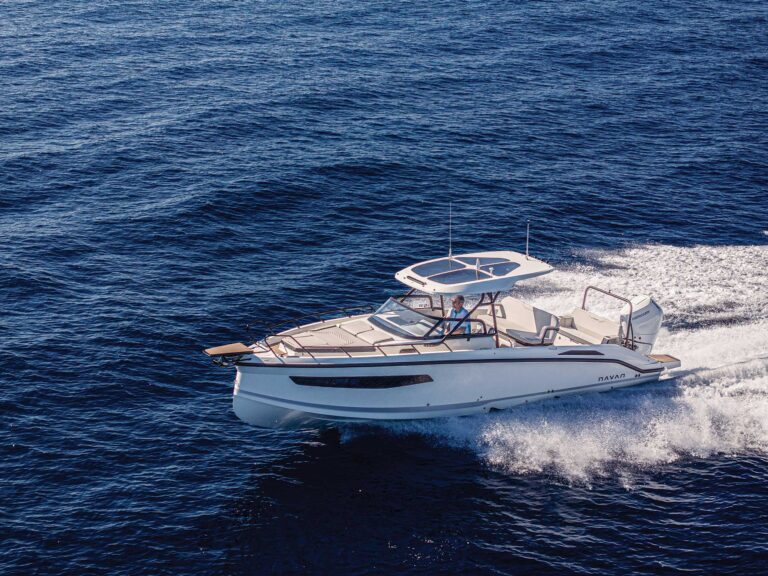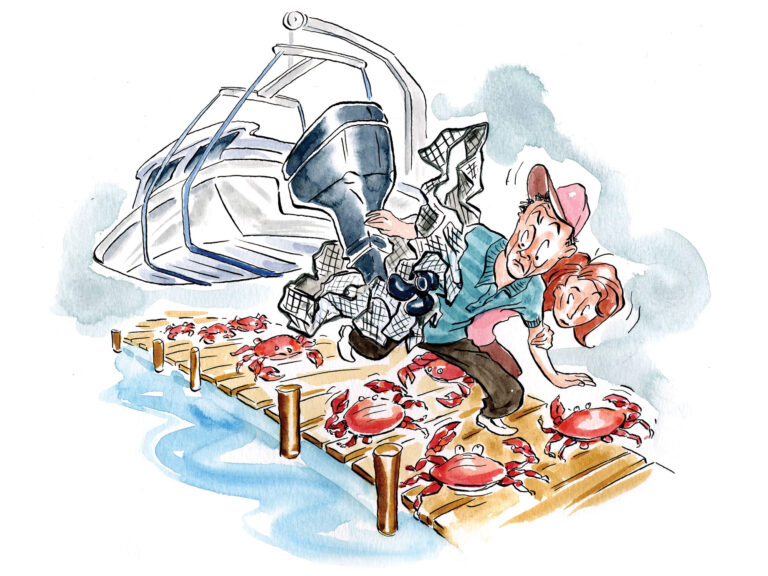Ever wonder why boatbuilders can’t build boats to the same level of carefree operation that automakers build into cars? Because boats aren’t cars, that’s why! Imagine racing a Mercedes a few hundred rpm below redline down a logging road. You think that’s stupid?
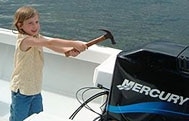
You’re right. Nevertheless, boats are beaten and pushed through environments just as harsh, if not more so. So let’s quit complaining and get to work on some simple, preventative maintenance that can head off some major, expensive repairs.
1. Pick up some products designed to combat such villains as corrosion and effects from the sun. Spraying your engine with a rust inhibitor such as CRC 6-26 ($6; www.crcindustries.com) will help. Using a product such as Liquid Letric Tape ($7) on your electrical connections will reduce the effects of corrosion. Seasonal application of a UV inhibitor on your vinyl and Bimini will reduce cracking and fading. And an annual waxing of your hull with a carnauba-based wax with UV protection will help reduce oxidation.
2. Boats rock and roll, and the people onboard need something to grab. But on many boats, grabrails are few and far between. Your guests hang onto windshields, head towel racks, even cupholders, none of which were designed to absorb the load. At best, the screws pull out. At worst, the surrounding fiberglass cracks. Install stainless-steel grabrails ( www.attwoodmarine.com) in strategic locations throughout the boat. Be sure to through-bolt them with a wood or aluminum backing plate.
3. As you know, pounding takes a toll on your boat. Water and waves wreak havoc with things like cabinet doors, latches, and hatches. Hull flexing will also loosen fittings. Once a month, check all the screws and bolts that are holding your boat and its systems together. You may need to replace a few fittings with something a little beefier. If you’ve been out in a good-size chop and, back at the dock, find open hatches or stuff on the deck below, it’s time to add or replace a few latches and hooks. Even more critical is a frequent check of your engine mounts, battery box mounts, fuel line fittings, and other nuts and bolts on your engine. These are relatively “quick-check” items that, if left unattended, can cause major problems down the road. Look for nuts backing or loosening, discoloration, or cracking.
4. One of the more costly problems is the effect of a dinged, barnacled, or corroded propeller. Don’t forget that the prop is connected to your drive train. Any vibration caused by a damaged prop will cause additional stress and wear on your drive train components. Check your prop frequently for pitting, rough edges, bending, or gouges; the cost of a new or reconditioned prop is a great tradeoff to the formidable shafts, engines, bearings, and transmissions repair bills.

